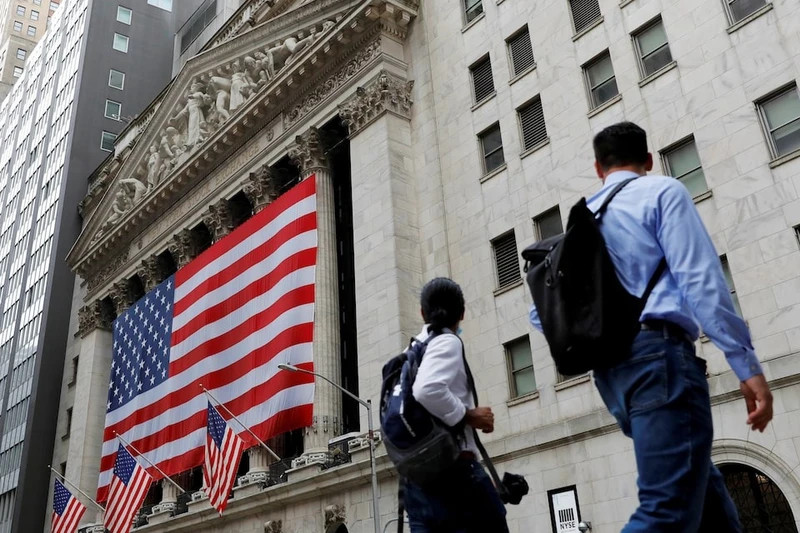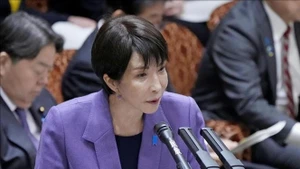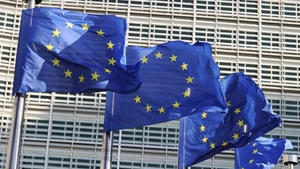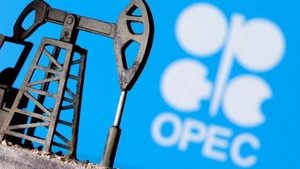However, the cooling heat in the labour market has boosted policymakers' confidence in the prospect of curbing inflation, helping the US Federal Reserve System (FED) move closer to its target of cutting interest rates later this year.
The unemployment rate jumped to 4.3% in July from 4.1% in June, recording its fourth consecutive month of increase. The labour market slowed due to weak hiring activities, in the context of the Fed's strong monetary tightening policy putting pressure on demand.
The nonfarm sector added 114,000 jobs in July, well below the 175,000 jobs that many economists had forecast. The June figure was also revised down to 179,000 jobs created, instead of the 206,000 jobs initially reported.
The healthcare sector continued to lead employment gains, with payrolls rising by 55,000 jobs. Construction payrolls increased by 25,000 jobs. There were also employment gains in transportation and warehousing as well as social assistance sectors. However, information industry payrolls dropped 20,000 jobs.
The US Labor Department's report also showed that wage growth slowed significantly in July to its lowest level in more than three years.
Wage growth remains above the 3-3.5% range considered consistent with the Fed's 2% inflation target, but new labour market data has provided positive signs for the fight against inflation.
Positive inflation data and the desire to prevent a rise in unemployment are two of the main reasons why Fed policymakers want to pave the way for a rate cut in September.
On July 31, the Fed decided to hold its benchmark interest rate steady in the 5.25%-5.50% range that was set a year ago, but it left open the possibility of cutting borrowing costs following the Fed's next meeting in September.
Speaking to reporters, Fed Chairman Jerome Powell said that the US central bank could cut interest rates at its September meeting if economic data continues on its current path. “If that test is met, a reduction in our policy rate could be on the table as soon as the next meeting in September,” Powell said.
Financial markets also expect further rate cuts in November and December this year.
But experts and investors turned nervous as economic data showed a surge in jobless claims and continued weakness in the manufacturing sector. That raised concerns that the Fed may have waited too long to start cutting rates.
"While the labour market has remained remarkably resilient over these past two years of elevated interest rates", Clark Bellin, chief investment officer at Bellwether Wealth. However, it's important for the Federal Reserve to stay ahead of any further labour market slowing by proceeding with its expected September rate cut.
Meanwhile, the Fed assessed that the economy continued to grow at a solid pace, while job growth slowed, and unemployment remained low.
The Fed shifted its focus from “inflation risks” to “risks to its dual mandate,” which is to maintain full employment and stable prices.
The US labour market continued to loosen as inflation fell, prompting the Fed to soon cut interest rates, with financial markets expecting at least two cuts this year.
The Fed did not commit to cutting interest rates, reiterating that policymakers still needed greater confidence that “inflation is progressing sustainably” toward its 2% target before deciding to lower borrowing costs.
However, changes in the Fed's latest policy statement, along with indicators showing a cooling US labour market, are reinforcing investors' expectations that the US central bank will decide to start cutting interest rates at its next policy meeting in September.
















